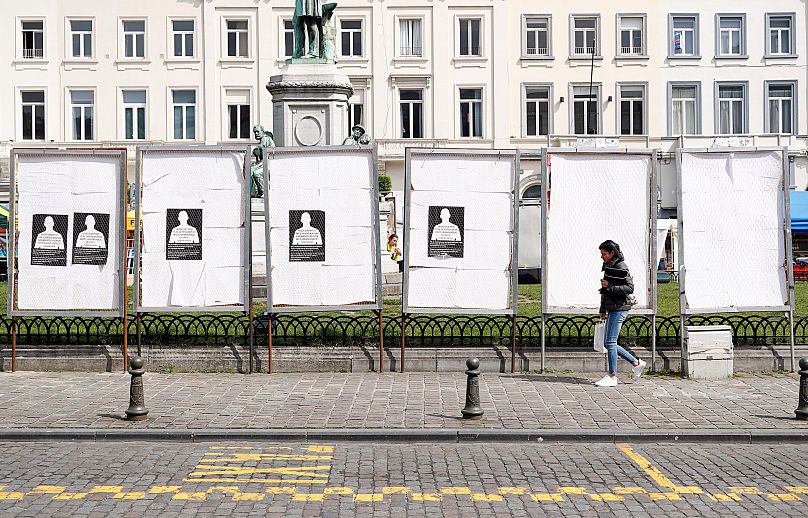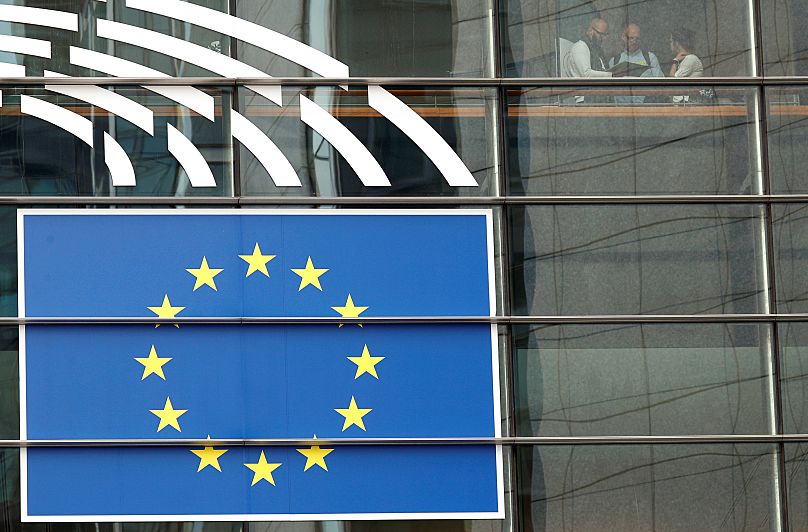As we hurtle towards the European parliamentary elections at the end of the month, we present 28 things you might not know about the bloc-wide ballot and the parliament it elects – one in honour of each member state.
As we hurtle towards the European parliamentary elections at the end of the month, we present 28 things you might not know about the bloc-wide ballot and the parliament it elects – one in honour of each member state.
1. The first president of the elected European Parliament was a woman – celebrated lawyer and politician, and a Holocaust survivor, Simone Veil, of the Liberals and Democrats. Only one other woman has held the office since – fellow Frenchwoman Nicole Fontaine of the European People’s Party, from 1999 to 2002.
2. The first place to vote will be the Netherlands, which is holding its election on Thursday, 23 May, with polling stations open at 7.30am Central European Time. The UK will also vote on this day, but is one hour behind the Netherlands, with its polls opening at 7am Greenwich Mean Time (8am CET). The last country to vote will be Portugal, which is holding its election on Sunday, 26 May, with polling stations open from 9am to 7pm Western European Time, one hour behind CET – with the autonomous region of the Azores two hours behind CET.
3. Voting is compulsory in Belgium, Bulgaria, Cyprus, Greece and Luxembourg.
4. The EU Parliament represents the second-largest electorate in the world – 512 million EU citizens – after the Parliament of India.
5. In 2014, Slovakia had the lowest voter turnout, at 13.05 per cent. Belgium had the highest, 89.64 per cent, but voting is compulsory for Belgians. The highest turnout where it is optional was Malta, at 74.8 per cent.
6. Finland currently has the highest proportion of female MEPs, at 77 per cent. Its neighbour Estonia has the lowest – under 17 per cent.
7. Turnout at the European elections has been on a downward trend ever since the first poll 40 years ago. In 1979, 63 per cent of eligible voters cast a vote, but by 1999 that had slipped to 43 per cent and has remained roughly the same since. Turnout in 2014 was 42.54 per cent – the lowest yet.
8. The great-grandson of Italian fascist dictator Benito Mussolini, Caio Giulio Cesare Mussolini, is to run in the EU election for a small far-right party, Brothers of Italy.
9. Voting age for the elections is 18 in all member states apart from Greece, where it is 17, and Austria and Malta, where it's 16.
10. There are 751 MEPs, although this will fall to 705 once the UK has left the EU. Of the 73 seats vacated by the UK, 27 will be re-allocated to improve proportionality.
11. The first parliament, which met on 10 September, 1952, had 78 representatives. They were drawn from the member states' national parliaments and had no legislative powers.
12. Last month, 70 per cent of Europeans who planned to vote hadn't decided who for, according to a New European Council on Foreign Relations/YouGov poll, meaning 97 million votes were up for grabs.
13. The oldest current MEP is former Front National leader Jean-Marie Le Pen, who is 90. He was not the oldest person elected to the last parliament – that was Greek left-winger, Second World War resistance fighter and journalist Manolis Glezos, who was 91 at the time, but Glezos resigned in 2015. The average age of current MEPs is 55.
14. Czech Republic, Ireland, Malta and Slovakia do not allow their citizens to vote from abroad.
15. At the first parliament, 1979-1984, the percentage of female MEPs was 16.3 per cent. That proportion has grown ever since, and is currently at 36.2 per cent.
16. An ex-priest, a tennis legend, a former national football coach and a talk show host are among Romania's election candidates. The best known of the group outside Romania, former world tennis no1 Ilie Nastase, will represent the National Union for the Progress of Romania (UNPR) party. However, UNPR is not expected to win a seat.
17. The European elections of 2014 were the largest transnational elections ever to be held at the same time.
18. When the UK leaves the EU, there will only be two member states – Ireland and Malta – where English, one of the EU's 24 official languages, is an official language. However, Ireland's official EU nominated language is Irish, and Malta's is Maltese, meaning there will be no member states where English is the nominated official language. The EU has confirmed though that English, which is understood by 51 per cent of EU citizens, will remain one of its official languages.
19. The European Union has an estimated 374 million eligible voters.
20. The youngest MEP to date is German Ilka Schröder, who was elected as a member of the Greens/European Free Alliance in 1999 at the age of 21.
21. Candidates must be at least 25 to stand in Greece and Italy. In the rest of the bloc it varies between 18 (in the vast majority of member states), 21 and 23.
22. The place farthest from Brussels to vote in the election is the French special collectivity of New Caledonia – 16,296km from the EU capital, in the southwest Pacific Ocean.
23. The youngest current MEP is Bulgarian Andrey Novakov, who is 30.
24. The smallest geographical area to elect an MEP is Dublin, one of Ireland's three constituencies.
25. The number of MEPs for each member state is proportionate to its population, but no country can have fewer than six or more than 96. Malta, Luxembourg and Cyprus currently have six, while Germany has 96.
26. Germany's Elmar Brok is the longest-serving MEP, first elected in 1980. However, he could be on his way out this year after losing a spot on the list of his party, the Christian Democratic Union.
27. No EU country can publish any results until polls have closed in all other member states.
28. One candidate from the UK, Magid Magid of the Greens, in his role as Lord Mayor of Sheffield once banned Donald Trump from the city of Sheffield. A Somali-born former refugee and a flamboyant character known for wearing his ceremonial mayoral chains with baseball caps and biker jackets, Majid is standing for the Green Party.













